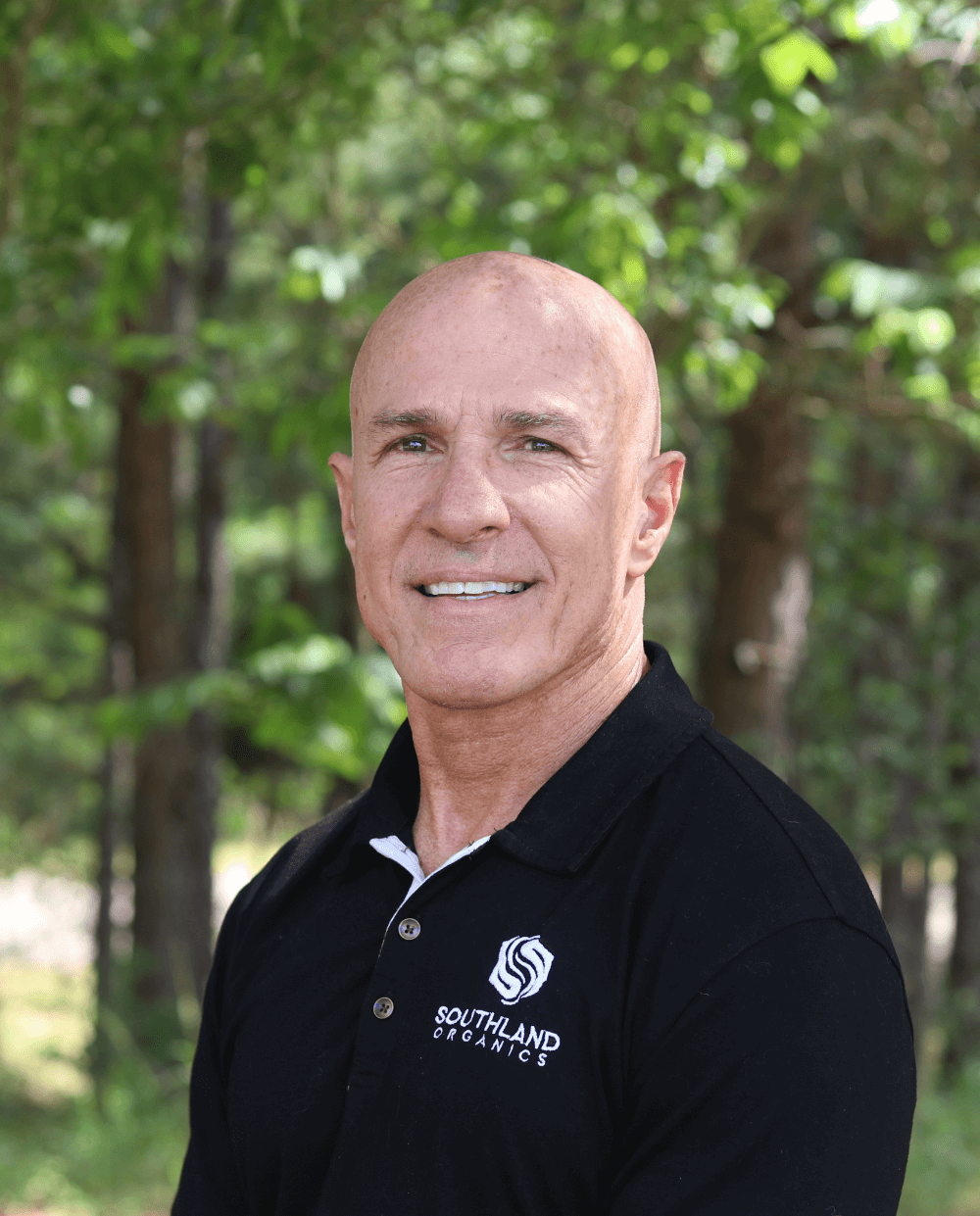Necrotic enteritis (NE) was one of the most common struggles for farmers right after the switch to ABF. For many, it'll pop up in a house every now and then. But lately, the team at Southland Organics has had more conversations than usual with farmers struggling with this disease.
Big Ole Bird helps poultry overcome challenges like NE from the inside out (more on how, below).
This video dives into the nuts and bolts of how to use this poultry performer. It is designed to help you get the most out of your applications—whether you're using Big Ole Bird to prevent necrotic enteritis in your flock or overcome it.
How Big Ole Bird Works
Big Ole Bird provides a powerhouse of probiotics, organic acids and biologically active carbon to strengthen your birds’ natural defense system from within. Studies show these ingredients work in combination to increase bird health and flock weights, decrease mortality, improve the immune system and create better performance across the board in poultry flocks. When birds have strong, healthy digestive systems, your nutrition program also goes further. This results in better feed conversion, tighter guts and healthier, bigger birds. Learn more here.
Mix Ratio
Run 4 ounces of Big Ole Bird per gallon of stock solution in a dosing medicator set at 1:128.
*Do not apply with any disinfectants, vinegar, iodine, peroxide or acidifiers, as this will kill the beneficial bacteria. If applying any disinfectants, vinegar, iodine, peroxide or acidifiers, run Big Ole Bird immediately after use.
**No refrigeration necessary. Do not allow product to freeze or exceed 130 °F.
Timing
Start using Big Ole Bird between day 1 and 5. Run for 72 hours on the initial dose. After the initial dose, run one 24-hour period per week for cost effectiveness or for 48 hours to maximize benefits.
Run the day before feed change and running during feed change is recommended. This will help greatly with digestion and will help the birds with the transition.
We recommend charging the lines with Big Ole Bird before the chicks arrive, so it will already be in the lines for day 1.






